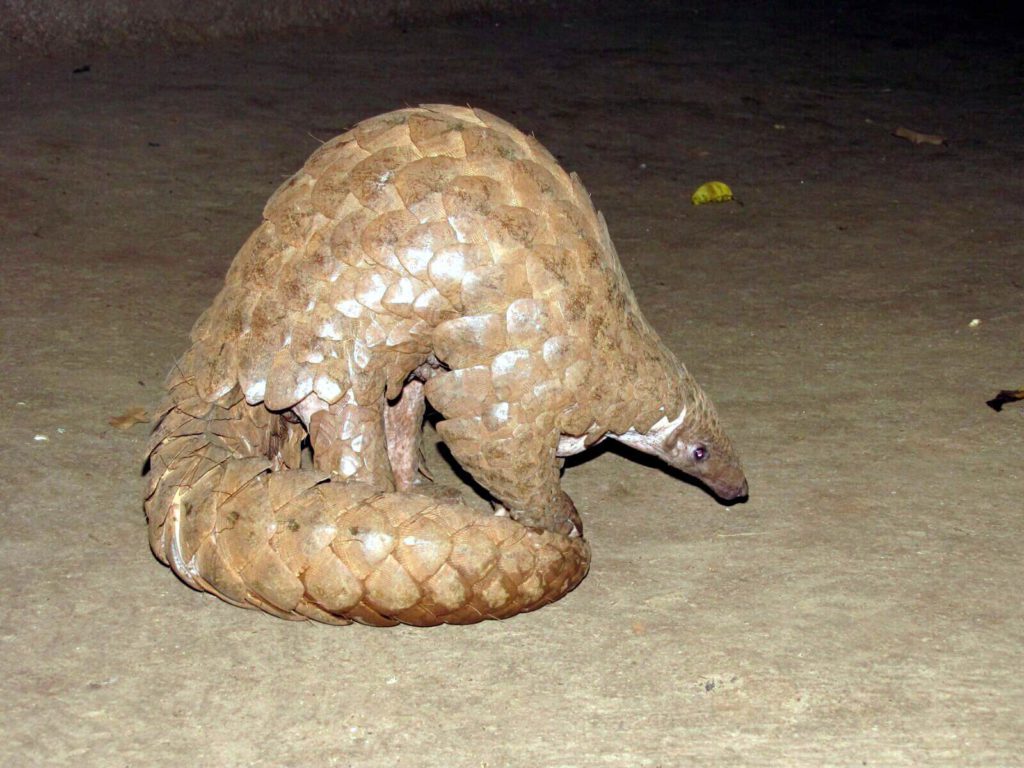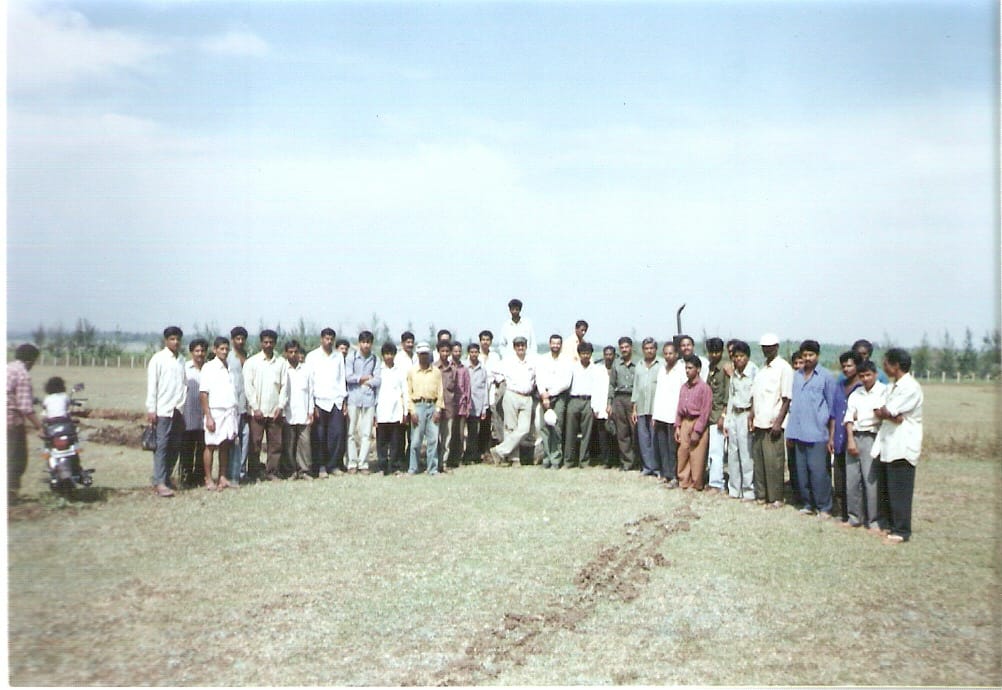When all his efforts to stop the poaching of an endangered species in rural India failed, conservationist Vishvas Katdare decided to seek divine intervention.
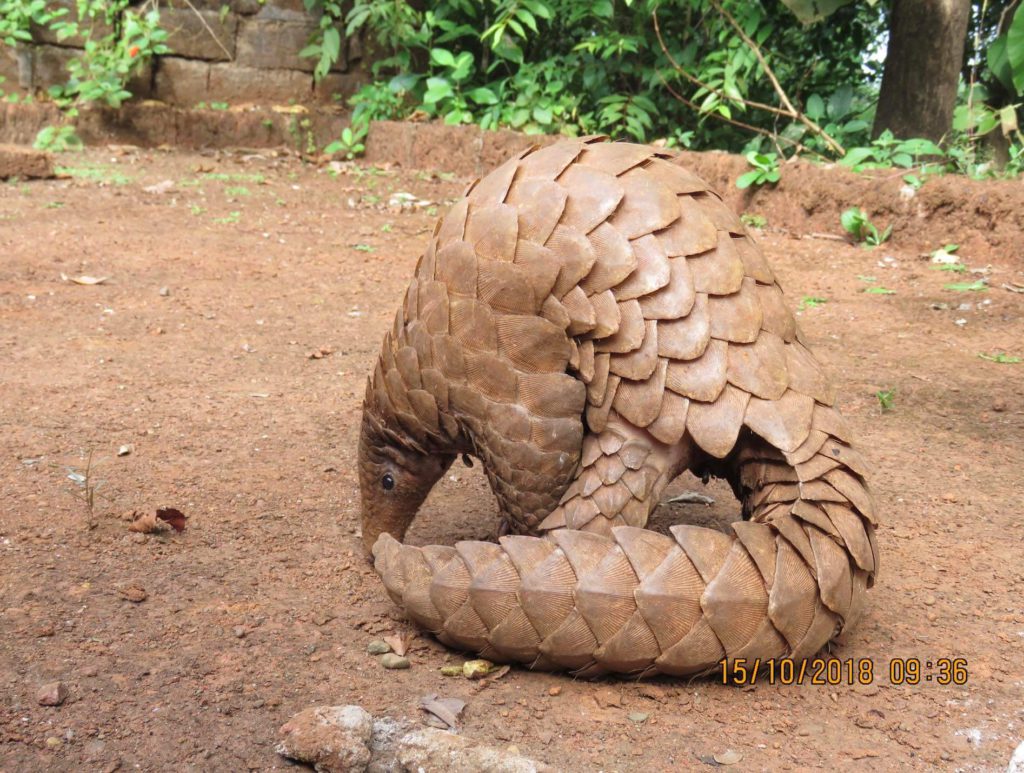
For years, locals in the remote district of Ratnagiri in Maharashtra have supplemented their agrarian livelihoods by poaching the Indian pangolin, a species given the highest protection under India’s Wildlife Protection Act. Through his non-profit Sahyadri Nisarga Mitra, Katdare, locally known as Bhau, had tried everything from organising awareness campaigns to training police to identify poached pangolin parts.
A Ratnagiri local himself, Bhau dropped out of college and has chosen to learn from the field since 1992. He began to wonder, through his immersion in local communities, if creating an emotional connection with the pangolins in the minds of the locals could be the key to finally putting an end to poaching.
“In many ways, conservation is the essence of all religion,” he says.
In 2020, he enlisted the help of the temple priest in the Dugwe village of Ratnagiri. Together they created an event celebrating the scaly mammal – “Khawlotsav” or Pangolin Festival – coinciding with the World Pangolin Day that falls on the third Saturday of February.
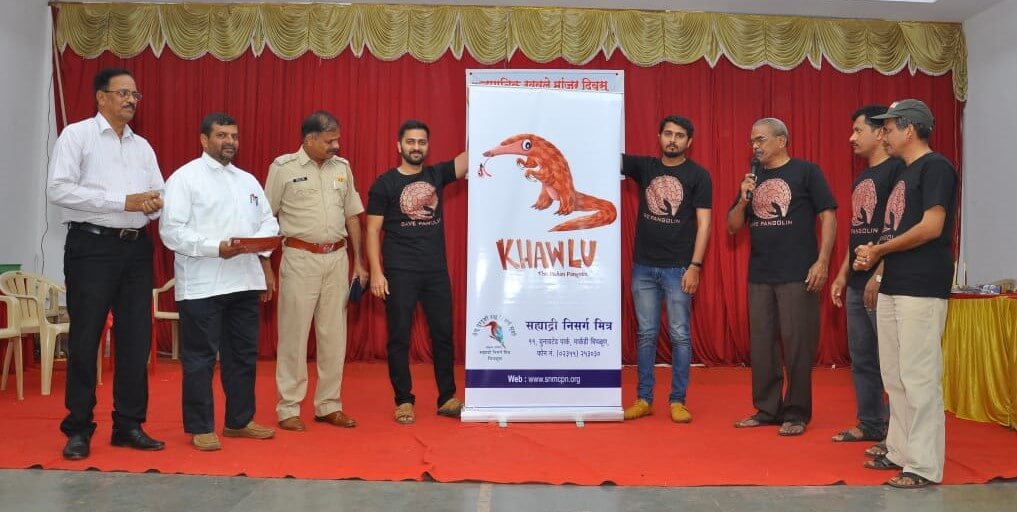
Bhau asked toymakers from a nearby town to make a large effigy of the animal, which was then hidden in a deep thicket. When villagers found it, they bedecked it in the finery usually reserved for the village deity and brought it back to the temple with great fanfare. Traditional dances were performed in its honour, and prayers were dedicated to the animals that ate the ants and termites that often infested locals’ crops. Villagers even prayed for better sense and wisdom to prevail upon animal traffickers and poachers. The pangolin replica was then installed in the temple, beside the idol of the village god and finally, it was placed on an elegant scarlet palanquin and paraded from house to house.
In the past, Bhau’s team had made people swear oaths to protect the species and raise awareness not only in their region, but also in neighbouring villages.
“At the end of the festival, they all swore the same oath again, and I could sense a shift,” he recalls.
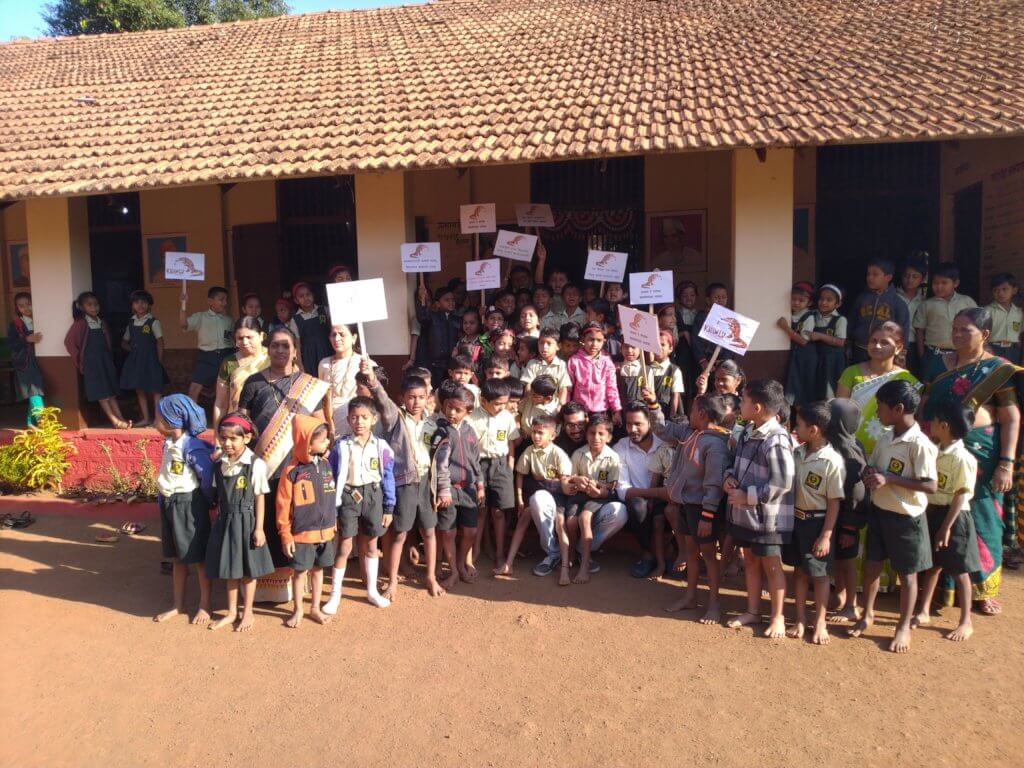
A few months ago, someone sent him a video of the villagers’ reaction to a pangolin that had strayed into the village. In the past, it would have been killed without a thought. This time, however, when someone suggested they kill it as usual and sell its scales, a village elder reminded them of their oath to protect pangolins.
On a recent visit to the Dugwe village temple, Bhau discovered that the priest – his old ally – had placed a picture of a pangolin permanently next to the deity. The discovery has made him hopeful that their festival might become a tradition.
As he gears up for World Pangolin Day this year, the 60-year-old barefoot conservationist aims to continue fostering lasting connections between men and animals through India’s rich religious and cultural traditions. To advance the cause of sea turtle conservation in a neighbouring district, he plans to organise a drama performance about the ten avatars of Lord Vishnu, who took the form of a turtle in his second incarnation.
“If we get them to think of turtles as incarnations of their favourite god, maybe we’d have a shot at protecting them too,” Bhau says.
Authors: Geetanjali Krishna and Snighdha Bansal, The India Story Agency for Sacred Groves
Images Credit: Sahyadri Nisarga Mitra
Did you enjoy this article?
Share with friends to inspire positive action.
